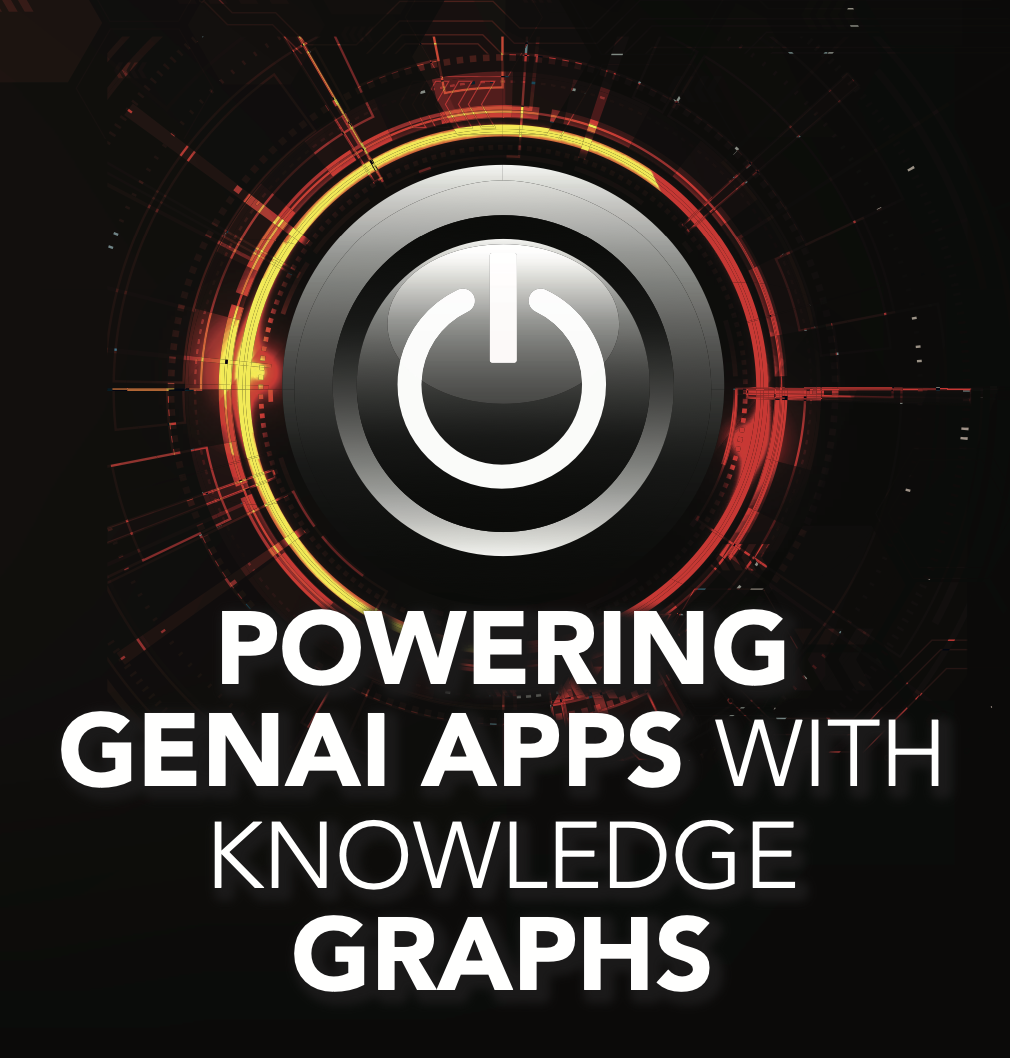
- 16 November, 2021
Neuro-Symbolic AI: The Peak of Artificial Intelligence
By Dr. Jans Aasman
Neuro-Symbolic AI, which is alternatively called composite AI, is a relatively new term for a well-established concept with enormous significance for almost any enterprise application of Artificial Intelligence. By combining AI’s statistical foundation (exemplified by machine learning) with its knowledge foundation (exemplified by knowledge graphs and rules), organizations get the most effective cognitive analytics results with the least amount of headaches—and cost.
Pairing these two historical pillars of AI is essential to maximizing investments in these technologies and in data themselves. Alone, machine learning simply patterns recognition at a massive scale.
By itself, rules-based symbolic reasoning doesn’t improve over time. Together, these AI approaches create total machine intelligence with logic-based systems that get better with each application.
Understanding Neuro-Symbolic AI
The full value of Neuro-Symbolic AI isn’t just in its elimination of the training data or taxonomy building delays that otherwise impede Natural Language Processing applications, cognitive search, or conversational AI. Nor is it only in the ease of generating queries and bettering the results of constraint systems, all of which it inherently does. The real reason for the adoption of composite AI is that, as Marvin Minsky alluded to in his society of mind metaphor, human intelligence is comprised of numerous systems (analogous to diverse society members or machines) working together to produce intelligent behavior. Similarly, AI requires an assortment of approaches and techniques working in conjunction to solve the myriad business problems organizations regularly apply to it.
Read the full article at AIThority.







